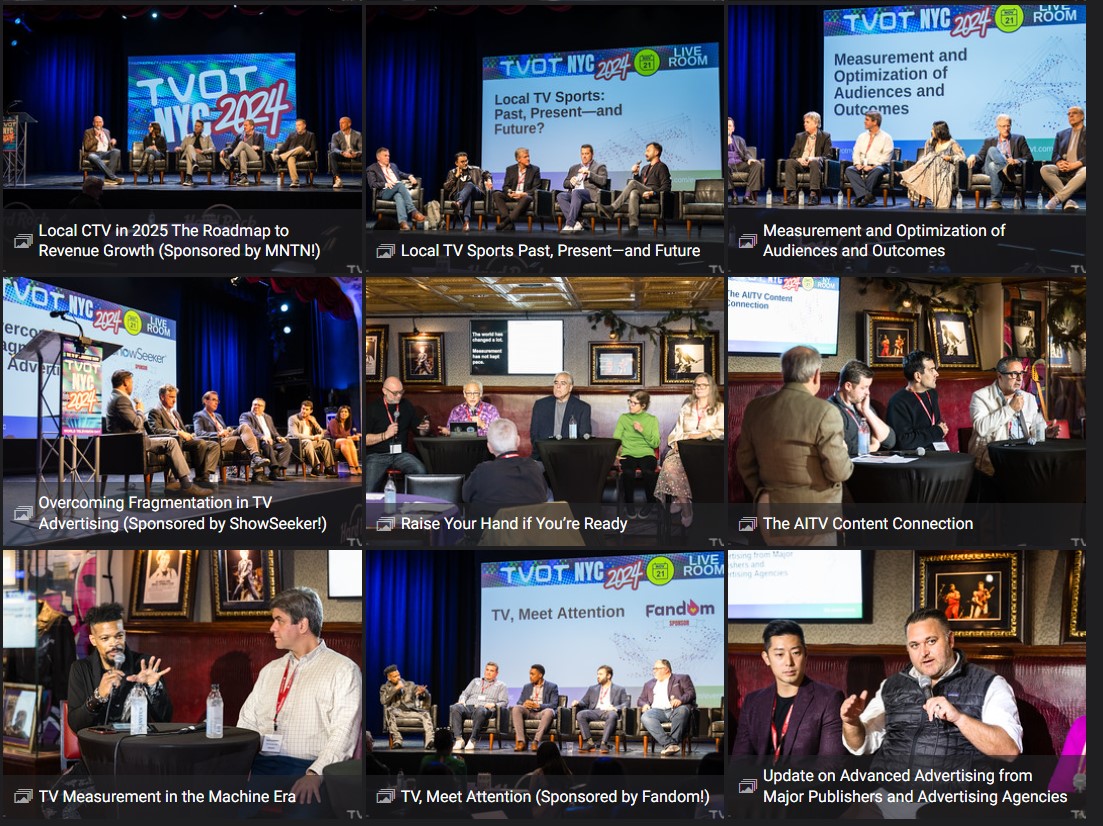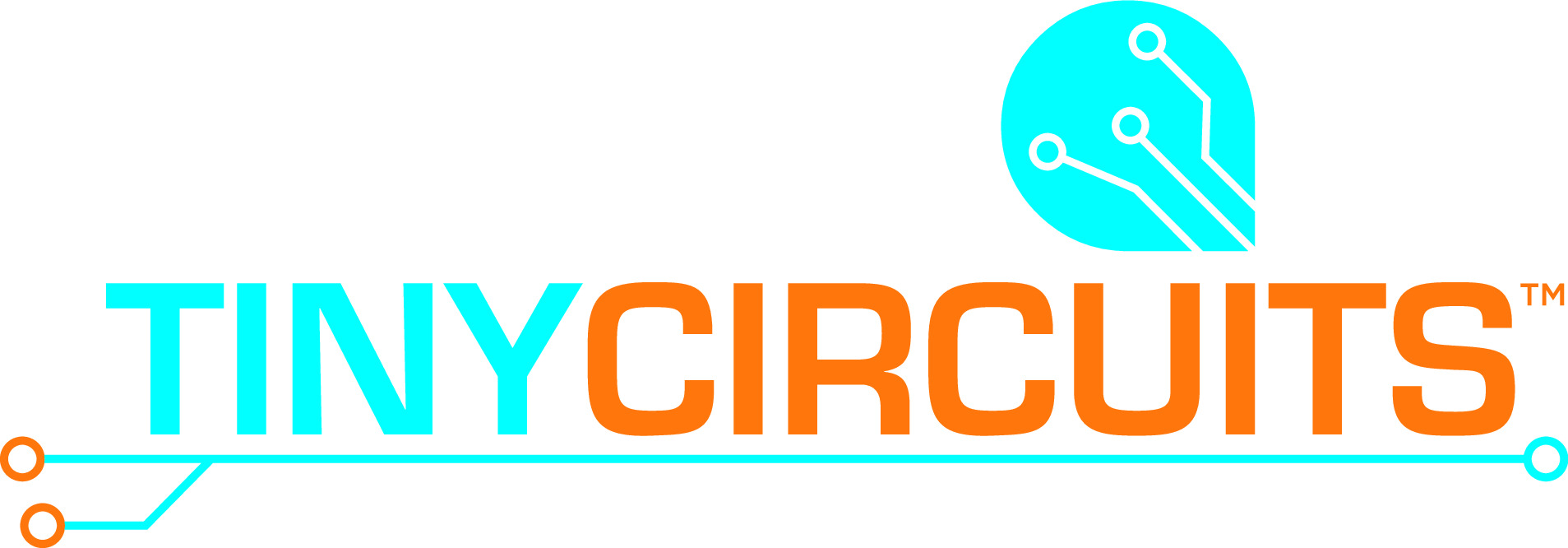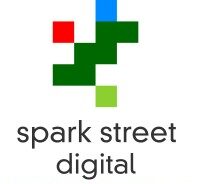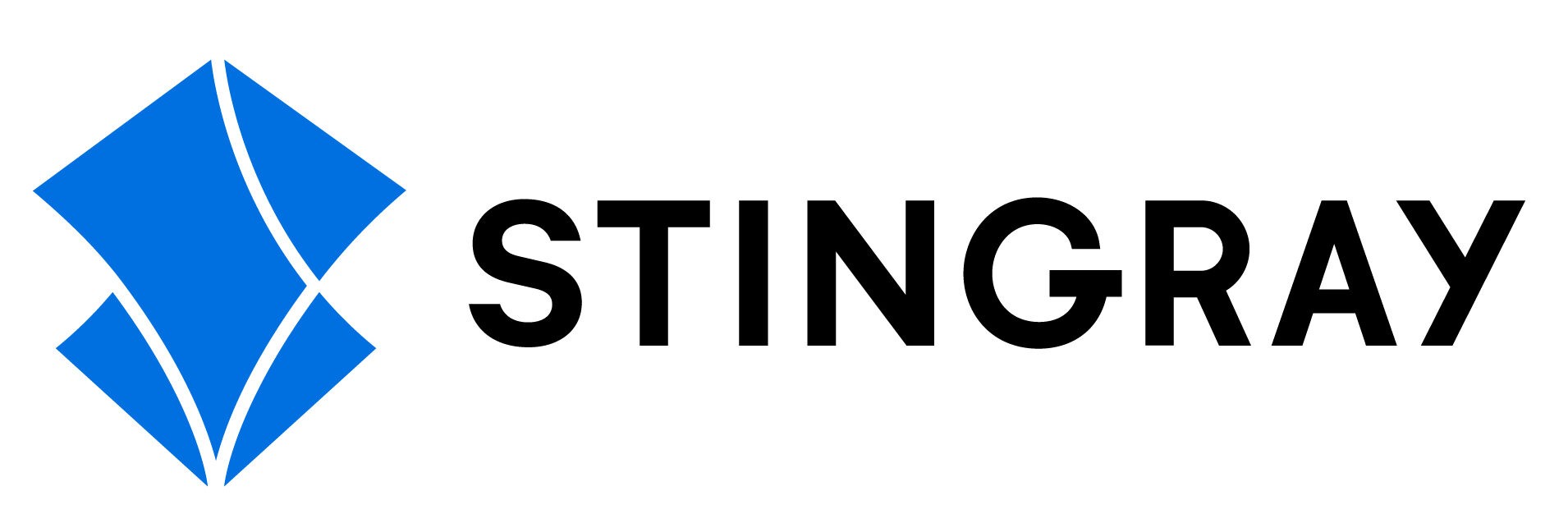Topics/Issues In Focus
The ITVT editorial team develops the agenda for our TV of Tomorrow Show events through an extensive dialoguing process with the readership of the ITVT newsletter (which includes many key industry players), in order to ensure that each show covers all the issues that are currently of most pressing importance to the industry. As a result, we typically announce the agenda just a few weeks before each show. However, some of the issues that we expect to explore at TVOT SF 2025 include:

A few of the 24 sessions we presented at TVOT NYC 2024 November 21st.
TVOT SF 2025 ISSUES/TOPICS
- Addressable (linear and non-linear), programmatic, contextual, data clean rooms, audience-based buying and selling, GRPs, AI/ML, Blockchain, attention metrics, retail media networks, ad-supported tiers, short-form programming, ATSC 3.0/NEXTGEN TV, the TV OS, and more: Identifying and understanding the emerging technologies, platforms, monetization strategies, methodologies and media that will impact the television/video/advertising space going forward.
- Reports from the field: How recent deployments of addressable TV, shoppable TV, dynamic ad insertion, creative versioning, programmatic advertising, audience-based buying and selling, ATSC 3.0/NEXTGEN TV, direct-to-consumer OTT S/AVOD and FAST offerings, interactive programming and advertising formats, artificial intelligence/machine learning (AI/ML), Blockchain, social TV, programming-discovery technology, measurement and analytics currencies and techniques, and other advanced-TV/video innovations are faring in the real world; and what the success or otherwise of these deployments tells us about the business models for the TV of tomorrow. Which advanced-TV platforms, technologies, services and content offerings are attracting audiences and generating revenues today, how and why?
- The ongoing challenges involved in accurately measuring and understanding TV viewership on non-traditional platforms; and how advertising and audience measurement are being reinvented in order to take into account the growth of cross-platform viewing, time- and place-shifting, the demise of cookies, and other ongoing developments.
- The emergence of contextual targeting in advertising, and its potential significance going forward.
- The future of panels.
- Understanding emerging measurement currencies: how should we expect them to evolve going forward, and what are the implications of a multi-currency marketplace?
- Understanding the potential of CTV for the advertising ecosystem—how is CTV enabling new forms of measurement, new kinds of data, new advertising formats, and new kinds of campaigns?
- The growth of CTV in the local market.
- New functionality, viewer experiences and monetization models enabled by the incorporation of AI into CTV.
- The increasingly important role that data and data collaboration are playing in television advertising: the new forms of data that are being generated by interactive, connected and social TV/video, and how brands, agencies, networks and other stakeholders can work together to take advantage of these data to make campaigns more targeted, more accountable and thus more effective.
- Understanding outcomes: new developments in advertising attribution.
- The significance of new industry-wide initiatives in the advanced-advertising and audience-measurement spaces. How much progress has been made, for example, towards developing common measurement standards?
- Accelerating the transition from siloed buys to audience-based buying: how to get buyers to better understand audience-based buying’s benefits?
- Following the money: Which services are viewers spending their money on and why?
- Curation, incrementality and other emerging trends impacting the advanced advertising industry.
- The impact of the Trump presidency on the media and advertising industries.
- Understanding the consequences (including the impact on programming strategies and content production) of the increasing importance of FAST and ad-supported tiers to the economics of streaming.
- The emerging art of FAST curation: new tools and strategies for curating FAST channels to promote audience engagement and differentiation in the market
- The ATSC 3.0 (NEXTGEN TV) standard, and its potential to enable local broadcasters to generate new forms of data, offer new kinds of video and advertising services, and adopt new business models: will ATSC 3.0 put local broadcasters at the forefront of TV/video/advertising innovation?
- New advanced-advertising and streaming initiatives from local broadcasters.
- Understanding the art and science of brand safety.
- The role that artificial intelligence (AI) will play in the evolution of TV/video advertising, audience measurement, data collaboration, content development, content discovery, and the viewing experience in general.
- The roles that subscription-based, advertising-based and hybrid business models will play respectively in the future of streaming video.
- The emerging importance of niche content in the streaming space.
- How subscription-based OTT services can best address customer churn.
- The future of bundling.
- How to respond to the growing popularity of short-form entertainment, especially among younger audiences.
- The role that in-car entertainment will play in the future of TV and video, as ridesharing and autonomous-vehicle technology become more widespread.
- New developments in native advertising, branded entertainment, influencer marketing and episodic marketing–how are brands going about reaching an audience that has grown up with ad-skipping and ad-blockers?
- The potential of tcommerce/shoppable TV–whether on pay-TV systems, connected TV’s, second-screen devices or social-media platforms–to change the economics of television and advertising.
- The impact of new technologies (including deepfakes) and social media on the TV/video news business–and thereby on the body-politic at large.
- The new programming formats and genres that are emerging natively on social-media platforms.
- Understanding the respective roles now being played by X (Twitter), Facebook, Instagram, Twitch, TikTok, Snap, Rumble and other social-media companies in the television and advertising spaces–what are those companies’ TV/video goals, how likely are they to achieve them, and what do other stakeholders need to do in order to survive and thrive alongside such powerful companies?
- The implications of the incorporation of AI, ACR and other “intelligent” technologies into connected TV’s–and the increasing role of intelligence in the TV ecosystem in general: What kinds of opportunities does truly smart television make possible?
- How MVPD’s are revamping their platforms, services, bundles and business models in order to counter the threat posed by cord-cutting.
- The changing nature of TV sports, including the implications of sports-free “skinny bundles” and of subscription-based sports programming services targeted at cord-cutters. What are the prospects for televised sports—and for regional sports networks (RSN’s) in particular—in an increasingly OTT TV ecosystem?
- The implications for the television industry of the US Supreme Court decision that invalidated the Professional and Amateur Sports Protection Act (PASPA), thus opening up new opportunities for sports betting.
- The question of whether, and to what extent, “Peak TV” has now peaked.
- How questions of content discovery, navigation and personalization have become central to television’s future.
- How to provide viewers with a simple, consistent and functional TV experience, across the multiple subscription-based and ad-supported, linear and on-demand, streaming and OTA services they are using.
- The future of TV design: How to ensure that usability and high-quality design become a core element of the advanced-TV user experience, and not just an afterthought; strategies for designing consistent, cross-screen and cross-platform interactive video experiences; making the business case for good design; the complex and evolving relationship between design, data and content discovery/navigation; and the impact of new technologies and emerging consumer behavior on TV user interface design.
- The emergence of natural user interfaces, including gesture- and voice-controlled interfaces, interfaces powered by facial recognition, and more.
- Understanding international advanced-TV markets: opportunities and risks in Europe, Asia, Africa, Latin America and beyond.
- The impact of data-privacy initiatives on the television/advertising/data/audience-measurement industries.
- The current state of investment in the interactive/advanced TV space. How are new investment trends, such as crowdfunding and accelerators, impacting the industry?
- The impact of ongoing and imminent mergers and acquisitions (M&A) in the advanced-TV and advertising spaces.
- The impact of Special Purpose Acquisition Companies (SPACs) on the television business.
- The latest tools for creating, delivering and testing interactive and multiplatform television.
- The increasingly importance of fan communities in the development, promotion and monetization of programming.
- New developments in content distribution.
- New developments in the TV Operating System (TVOS) space, and their impact on content providers and other stakeholders—why is control of the TVOS becoming increasingly central to the industry?
- How to reconceptualize advertising campaigns so that they engage viewers whose attention is dispersed across multiple screens.
- How to ensure that programming, advertising and the institutions responsible for them reflect and are responsive to the emerging viewing habits and increasing diversity of today’s Millennial, Gen-Z and Gen-Alpha audiences and cultural influencers.
- The new advertising formats that are emerging in response to ongoing changes in how we watch television.
- The impact that the Supreme Court’s decision to strike down “Chevron deference” could have on the regulatory environment for television and advertising.
- How to address the problem of CTV ad fraud.
- The future of the Upfront model—are we seeing a fundamental and permanent shift in how television advertising is bought and sold?
- How to identify, manage and monetize new social-video talent.
- Recent and pending developments in interactive and advanced TV standards, and how these standards need to evolve going forward.
- The ways in which the ongoing evolution of the TV/video industry is impacting the role of the showrunner.
















